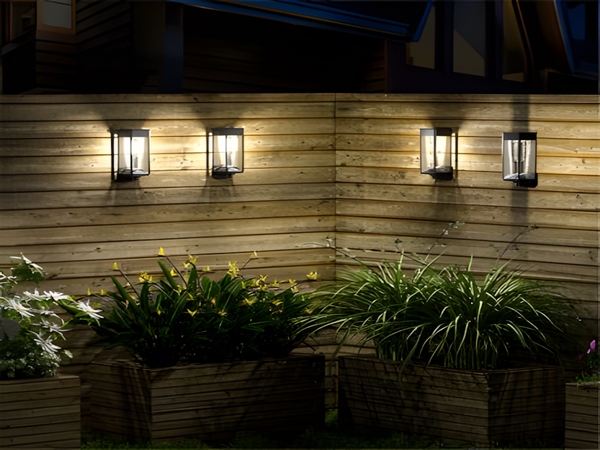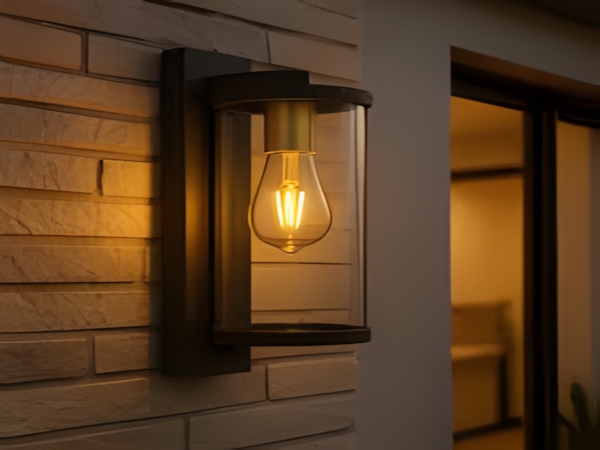

As the development of new towns accelerates and the transformation of road energy efficiency progresses rapidly, the demand for solar street lights in rural road energy saving has gradually increased. Supported by government policies, the illumination of solar street lights has become an important trend in rural road lighting. What are the precautions for installing solar street lights? Below is the sharing from Century Sunshine Lighting editor:
Firstly, during the preparation phase, carefully check all components according to the loading details from the solar street light manufacturer, inspecting for damage, bending, or distortion, and ensuring that the zinc coating is intact. Pay attention to the labels on each pole indicating the type, order number, and segment number. Mark the weight of the pole on its side with a colored pen, and verify that the delivery is accurate and that the crane’s lifting capacity is sufficient. Additionally, mark the maximum and minimum connection lengths on the pole according to the provided engineering drawings for later use.

Secondly, during installation, start by securing the lamp head onto the lamp arm, followed by the installation of the solar panel and lithium battery. Finally, fix all components to the main pole and tighten the screws. Before hoisting the solar street light, check if all standard components are secured, if the lamp is correctly oriented, and if the light source is functioning normally. Then, check if the adjustment system is working properly; connect the battery and lamp head wires, which should cause the light to turn on automatically. Connect the solar panel wires next, which should cause the light to turn off automatically.
Observe whether the self-test indicator light on the controller is normal; if it is, proceed with the installation. During the hoisting of the main street light, pay attention to safety precautions; ensure the screws are tightly secured. If there is any deviation in the orientation towards the sunlight, it must be adjusted to face directly south. Place the battery in the battery box and connect the electrode line to the controller according to technical standards, first connecting the battery, then the load, and finally the solar panel. During wiring, ensure that the wiring and the terminals marked on the control board are not connected incorrectly. The positive and negative terminals must not touch; otherwise, the controller will be damaged. Verify if the adjustment system is functioning correctly; loosen the solar panel electrode wire on the control board, which should turn the light on; reconnect the solar panel electrode wire, and the light should turn off. Monitor the changes in the indicators on the controller; if everything is normal, then secure the controller.
Thirdly, the light from the solar street lights should primarily cover the ground. When the light hits the ground, its distribution should be uniform, and the ground’s brightness should be high. To reduce the brightness of the solar street lights, control the light distribution at the upper limit of light intensity. Based on the roadway width and past traffic conditions for both motor and non-motor vehicles, generally, for roads wider than 20 meters, consider symmetrical layouts on both sides; for high pole lights on roads wider than 15 meters, consider overlapping layouts on both sides; for narrower roads, a single-sided layout may be used. Typically, solar street lights should be installed at intersections, corners, and slopes of municipal roads to facilitate convenient traffic for non-motor vehicles and pedestrians. In the lighting of roads inside and outside tunnels or connecting roads from urban areas to suburban roads, consider drivers’ adaptability to changes in light.
The above precautions for installing solar street lights are shared here. Additionally, during the installation process, the solar street light manufacturers should strengthen standardized management to promote the optimization of costs and wider applicability in the design of solar street lights.



